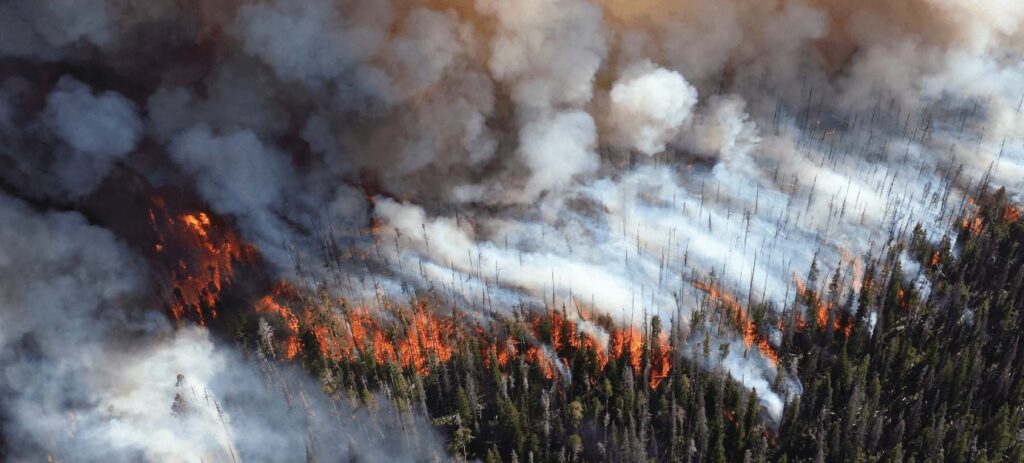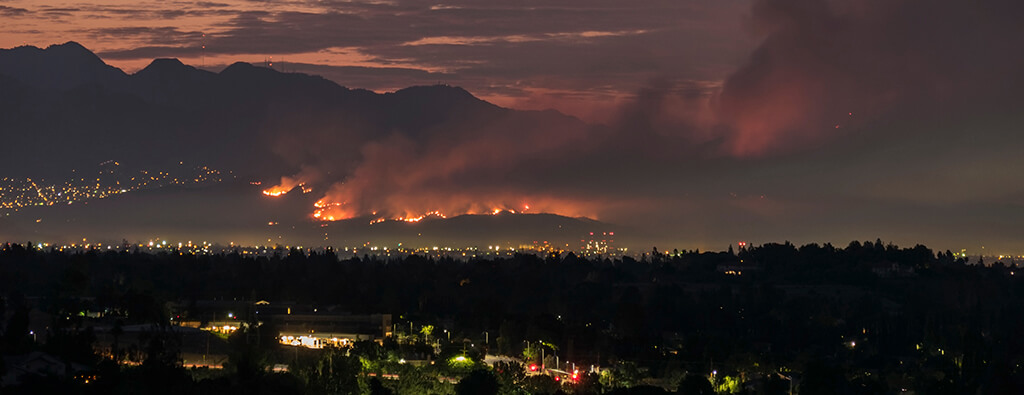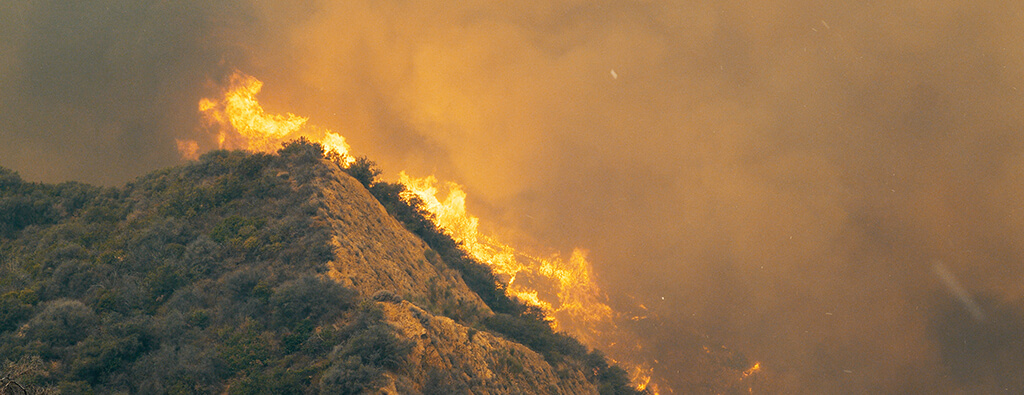There are more than 150 active wildfires burning in Quebec this week, according to the Canadian Interagency Forest Fire Center – more than double the number of fires burning in any other Canadian province. As the fires continue to burn, the heaviest smoke is forecast to impact the Northeast through the mid-Atlantic and down to the Carolinas where millions of Americans will be affected with poor air quality.
As reported by the New York Times, hundreds of fires have been burning in eastern Canada for weeks. On Tuesday, smoke drifted south bringing smoky conditions over parts of the U.S. Northeast and Midwest. The grayish haze had hints of orange, yellow or purple, depending on the location. New York City commuters donned face masks to walk the streets, and one described the smell as progressing during the day on Tuesday from “burnt toast” to “campfire.”
The “sun is no longer visible, everything’s orange, the parking lot lights have come on,” forecasters from the National Weather Service office in Binghamton tweeted Wednesday morning. The swath of dense smoke will continue to move south over the next several hours and visibility is expected to decline as it does.
Philadelphia and Baltimore are under a ‘code red’ alert and the air quality in New York City is the worst it has been since the 1960s, according to New York City health commissioner Ashwin Vasan.
The National Weather Service cautioned people to avoid exercising outside, and TV weather anchors suggested commuters take a few more minutes to drive, given lower visibility. The best thing to do to prevent breathing in pollutants on Wednesday is to stay indoors. For many people, of course, that’s impossible. Should you have to be outdoors, putting on a mask is the next best thing.
Tidal Basin has an online Wildfire Resource Center to help communities navigate wildfires. The resource center includes vetted and sourced preparedness information and safety tips that can help community leaders, families and individuals take action to help protect themselves.



